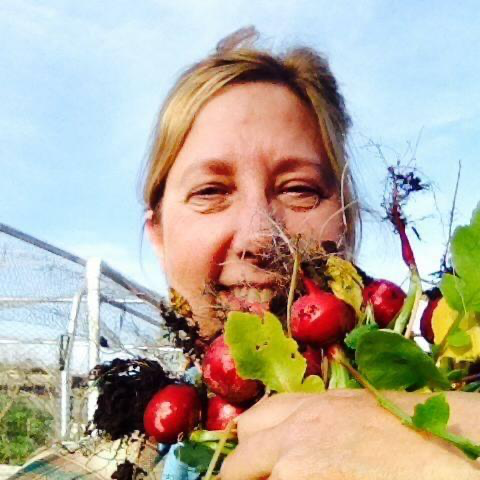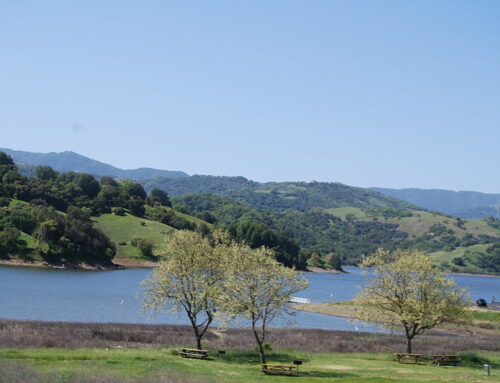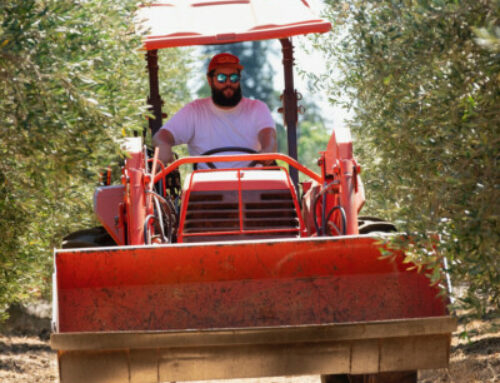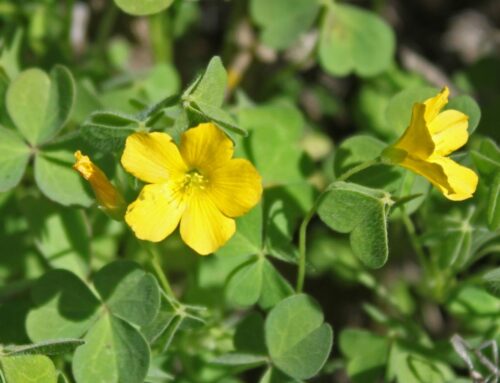Nettles have been used for hundreds of years to treat a wide variety of ailments
![]()
By Sharon McCray

Sharon McCray
The last column I wrote, my focus was oxalis, a predominate weed in Santa Clara County, with thoughts on how to best manage it in home gardens. Now, the quest is to take care of all the other pesky weeds plaguing our gardens.
A weed is defined as any plant growing where it is not wanted. In some parts of the world that includes some of our most favorite plants including ferns, grasses and trees. I am always reminded that there is no such thing as a “house” plant either, since all of them originated outside somewhere.
If you have procrastinated with the task of getting your garden ready for summer, it is important to note that it is never too late to manage weeds. Although they are easier to pull in spring, delaying the chore much longer could result in their ability to set seed, creating on-going issues long into the future.
There are some handy tools that help get the roots of most plants out of the ground. If you plan to weed it is helpful to heavily water the night before, making it easier to pull some of those long rooted specimens, like mallow. I never recommend spraying chemicals in any garden.
Mallow has one of the longest roots that I know of. If any part of the root is left in the ground, you can expect a return visit before summers end. Mallow has round leaves and tiny purple flowers that produce “nutlets.” They can reach heights of six feet if left unattended. In the family of Malvaceae, almost all of the plant is considered edible but since I have never tried it, I can’t recommend it. I usually try to figure out just how hungry I would have to give it a try.
 Another perennial favorite is spotted spurge. A prolific low growing plant, in the Euphorbiaceae family, that produces hundreds if not thousands of seeds every year. Purslane, another prostate plant in the same family, has a thicker stem and is a favorite salad green for many people in the Americas.
Another perennial favorite is spotted spurge. A prolific low growing plant, in the Euphorbiaceae family, that produces hundreds if not thousands of seeds every year. Purslane, another prostate plant in the same family, has a thicker stem and is a favorite salad green for many people in the Americas.
While pulling spurge and purslane, be aware that the sticky seeds scatter and create another whole set of issues and as with mallow, any part of the root left in the ground, will sprout a new plant. Spurge can be toxic to animals when ingested. The milky sap of spurge can cause skin irritations to humans, so remember to wear gloves when working in your garden.
Stinging nettles are a unique plant of the Urticaceae family. While I believe the plants are beautiful, every touch is toxic to me. Nettles can be found worldwide and have been used for hundreds of years to treat a wide variety of ailments including eczema, enlarged prostate, arthritis and gout, according to the Mount Sinai website. Nettles thrive in nitrogen rich soils and can reach heights of four feet. Nettles must be cooked if they are to be consumed but, as a caution, please talk with your doctor before you experiment with any unknown plant or substance.
Now, dandelions are one of those plants that bring joy to bees and children alike. Our bees, native to Europe, appreciate dandelions as a European native that they can utilize year round. Children, of course, enjoy blowing the seed puffs and making wishes. I wish that all those hundreds of seeds wouldn’t germinate but alas, that is not to be. Dandelions are highly nutritious and high in vitamins A, C, K and E. My grandmother used to make amazing dandelion salads as every part of the plant is edible.
So there you go. Use caution, get outside and pull those unwanted visitors out and get ready to enjoy a weed-free summer.
Sharon McCray is a California native living in Santa Clara County since 1959. She became certified as a University of California cooperative extension master gardener in 1992 and a UCCE master naturalist in 2015. She hosts a radio show on KKUP public radio and is now retired.





